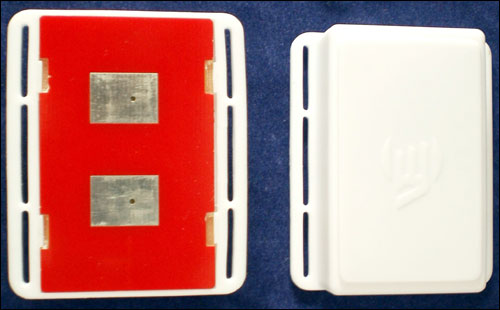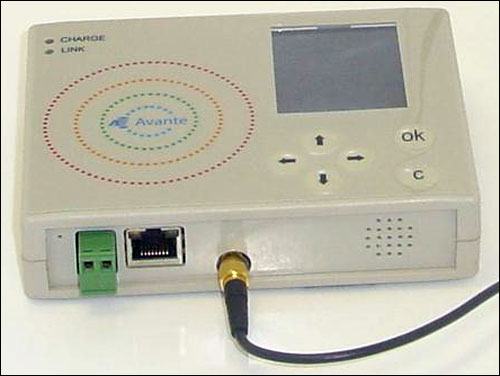Apr 29, 2014Avante International, an RFID technology provider based in Princeton Junction, N.J., is marketing a new art-management system, known as AssetGuardian, for use by art dealers, owners and insurance companies. The solution has already been deployed by a California businessman to ensure the location of and conditions around his high-value art.
Avante has offered RFID solutions for elections, access control, and staff and asset management since 1995. The firm has also developed a real-time locating system (RTLS) featuring an active 433 MHz RFID tag that employs a proprietary air-interface protocol.

In 2010, a global household products company approached Avante, seeking a system to track the location of high-value furniture within its offices, in order to provide security against theft. The RTLS software—which Avante hosted on its own server for one year, then turned over to the customer to integrate into its existing security system—worked in conjunction with Avante's active 433 MHz RFID Zoner tags with a built-in vibration sensor. The solution also came with readers (which Avante refers to as monitors), to identify where the furniture was located, says Jeffery Douglass, Avante's project manager, as well as whether it was bumped or was actually moving—with either action potentially requiring a response from management.
Following that installation, Avante representatives spoke with art dealers and insurance companies that provide coverage for art collections. They also met with museums to discuss the possibility of tracking the location of and environmental conditions around high-value artwork. Those conversations led to the first implementation of the AssetGuardian solution at a home belonging to a California businessman.
The businessman—who has asked to remain unnamed—has several residences containing high-value art, and requested the solution in order to provide an automated layer of security for that artwork. So far, the system has been deployed only at his primary residence in California.
The deployment's chief purpose was to provide greater security of the businessman's collection while staff members are inside his residence, and the main security system is thus disarmed. "Our client has many service personnel in residence on any given day, and Avante's system allows his collection to be fully armed and discretely protected while personnel work throughout the home," says John Whipple, the VP of luxury-home design and construction firm Whipple and Brewster, speaking on behalf of the businessman.
Avante provides its active RFID Zoner tags, which are attached to the artwork. The tags' installation is being undertaken according to recommendations by a professional art hanger. Avante has provided tags for several dozen art pieces. Each tag's ID number is linked to the specific artwork to which it is attached. The RFID Zoner tag includes not only a sensor that detects vibration, but also those that measure temperature, humidity and light levels, and then transmit the collected data, along with its own unique ID, to the monitors at a rate of about once per second. The monitors are typically installed every 100 feet on each floor, in order to collect enough data to pinpoint a tagged object's location within approximately 36 inches.

If a piece of art is bumped, the sensor detects that action and issues an alert to the software, which can forward that alert to the artwork's owner or manager via a text or e-mail message. In the case of the California businessman, however, the data is fed directly into his existing security software, which then alerts him or his staff. Alerts can also be triggered if other sensor data is identified as being outside acceptable parameters (for example, if the air conditioner is not functioning and the temperature or humidity level around a specific piece of art is determined to pose a damage risk).
Avante expects to install the system at the businessman's other residences as well during the coming months. "As luxury residential developers," Whipple says, "we will suggest this RFID solution to any of our clients looking to improve their collection's security during parts of the day that the main security system must be disarmed."


